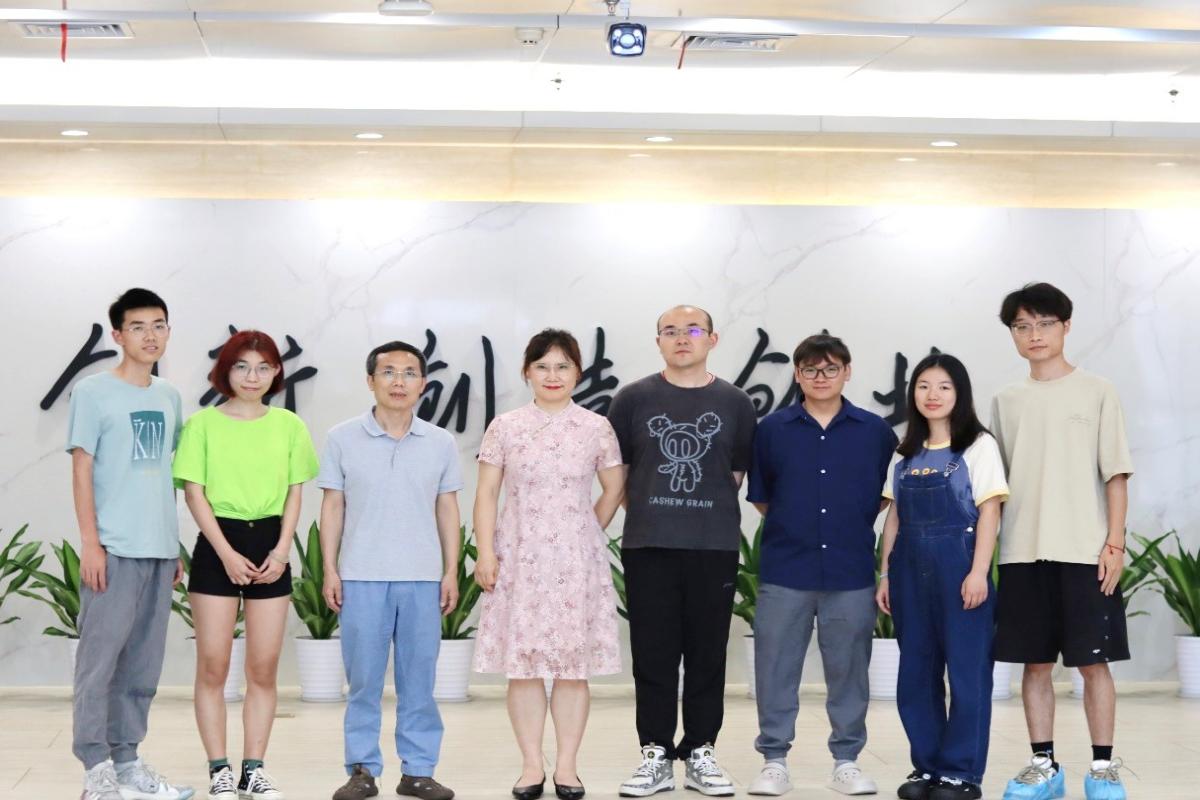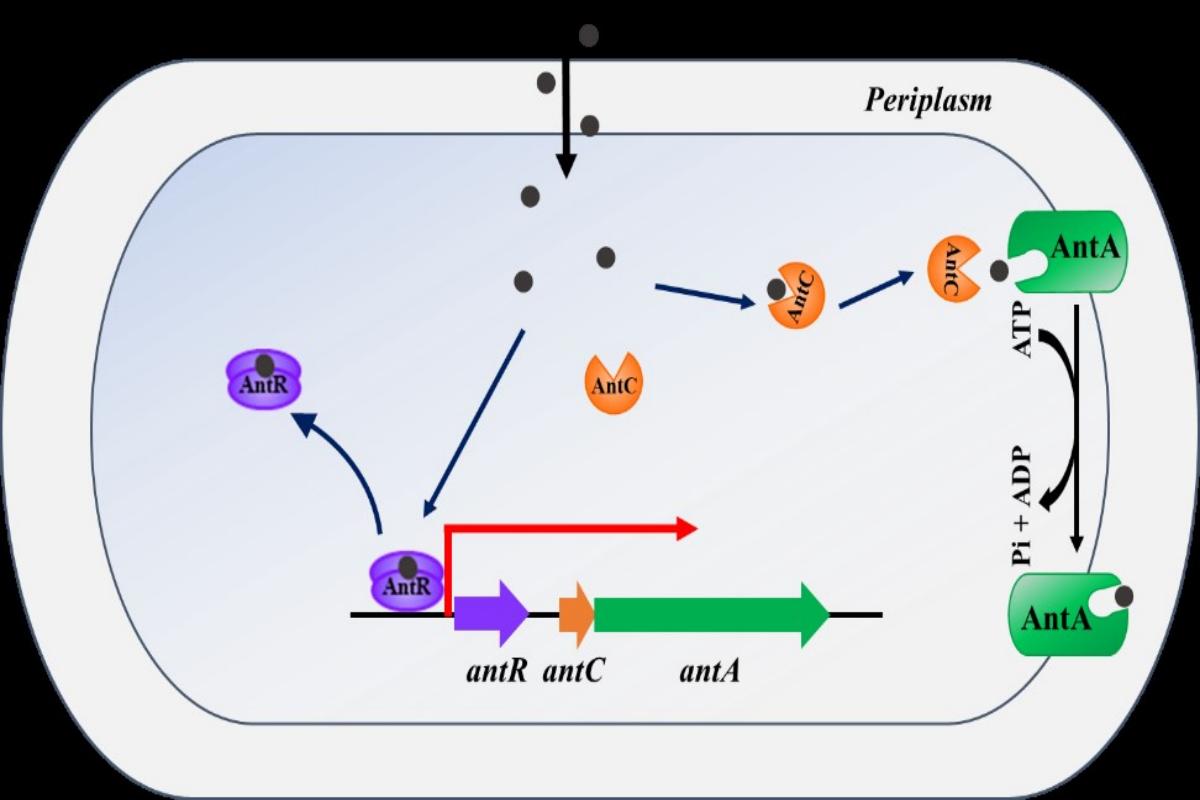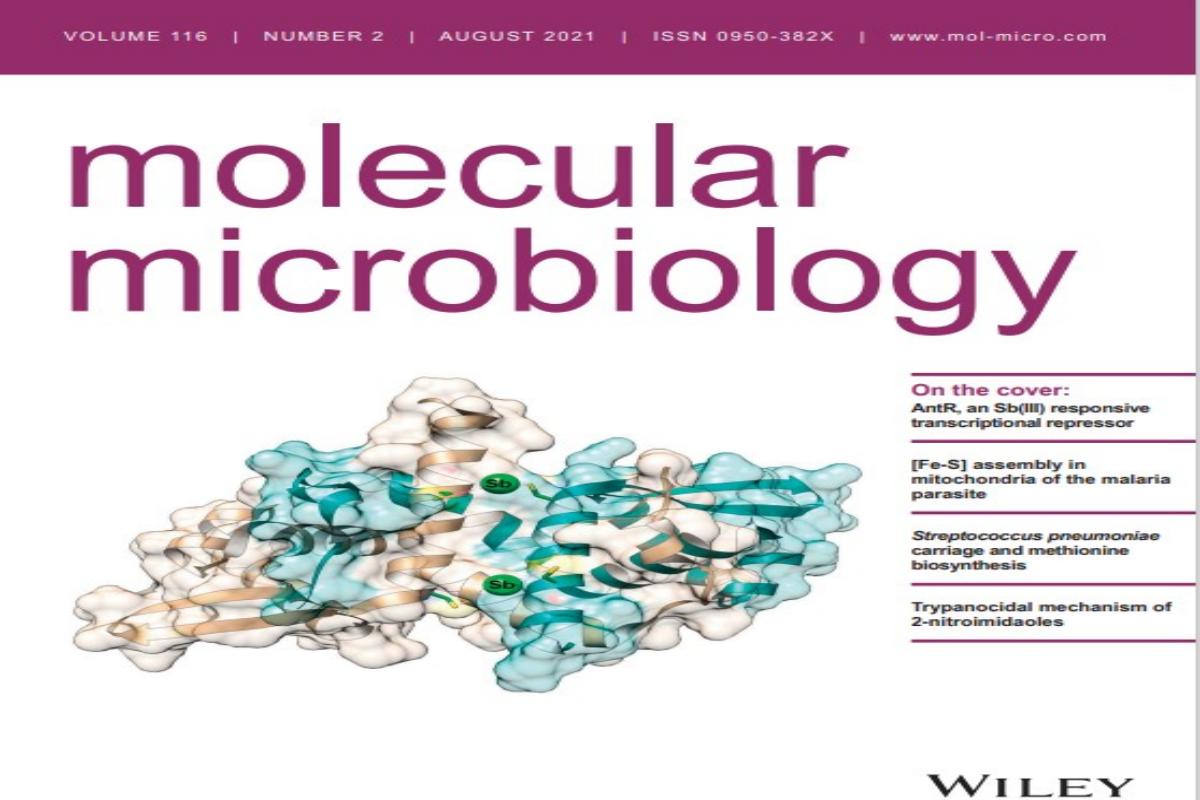南湖新闻网讯(通讯员 罗雄)近日,我校生命科学技术学院、农业微生物资源发掘与利用全国重点实验室环境微生物课题组以“Toxic response of antimony in the Comamonas testosteroni and its application in soil antimony bioremediation”为题,在国际学术期刊Environment International上发表论文,阐明了微生物菌剂降低土壤锑毒性及锑生物有效性的机制,从而有效减少水稻锑积累。博士研究生罗雄为本文第一作者,李明顺副教授为通讯作者,项目得到国家自然科学基金31970095的资助。
锑是一种剧毒的环境污染物,锑污染地区土壤锑含量远高于正常的背景浓度。锑能通过食物链进入人体,导致癌变、心肌衰竭、肝坏死等疾病,严重威胁人类的健康。水稻可以过量富集锑,食用锑富集大米会严重威胁人类生命健康,寻找有效的锑修复方法成为亟待解决的问题,但水稻中锑氧化微生物驱动的锑修复机制及技术缺乏研究。国内外尚未报道微生物影响锑生物有效性和在水稻中驱动锑修复的机制。

锑固定与氧化菌剂JL40减少水稻锑积累
该研究评估了Comamonas testosteroni JL40在锑污染生物修复中的应用潜力。发现菌株JL40通过细胞内积累/结合、胞外固定、Sb(III)氧化、ROS清除、Sb(III)外排和生物被膜产生等途径响应锑的毒性。基于菌株JL40对Sb(III)的固定和氧化功能,采用盆栽试验研究菌株JL40对锑的生物修复潜力。结果表明,在不同程度的锑污染土壤中,施加菌剂JL40后水稻糙米中锑积累量显著降低,达到安全水平(

课题组成员合影
该工作是课题组2020年和2021年在Science of the Total Environment和Molecular Microbiology发表论文之后又一与土壤锑污染修复相关的研究成果。

锑外排操纵子AntRCA模式图

Sb(III)转录调控因子AntR蛋白结构
英文摘要:
Antimony (Sb) is toxic to ecosystems and potentially to public health via its accumulation in the food chain. Bioavailability and toxicity of Sb have been reduced using various methods for the remediation of Sb-contaminated soil in most studies. However, Sb-contaminated soil remediation by microbial agents has been rarely evaluated. In this study, we evaluated the potential for the use of Comamonas testosteroni JL40 in the bioremediation of Sb-contamination. Strain JL40 immobilized more than 30% of the Sb(III) in solution and oxidized over 18% to Sb(V) for detoxification. Meanwhile, strain JL40 responds to Sb toxicity through such as Sb efflux, intracellular accumulation, biofilm production, and scavenging of reactive oxygen species (ROS), etc. The results of the pot experiment showed the average Sb content of the brown rice was decreased by 59.1%, 38.8%, and 48.4%, for 1.8, 50, and 100 mg/kg Sb spiked soils, respectively. In addition, the results of plant, soil enzyme activity, and rice agronomic trait observations showed that the application of strain JL40 could maintain the health of plants and soil and improve rice production. The single-step and sequential extraction of Sb from rhizosphere soil showed that strain JL40 also plays a role in Sb immobilization and oxidation in the soil environment. During rice potted cultivation, bacterial community analysis and plate counting showed that the strain JL40 could still maintain 103 CFU/g after 30 days of inoculation. With phenotypic and differential proteomics analysis, strain JL40 conferred Sb(III) tolerance by a combination of immobilization, oxidation, efflux and scavenging of ROS, etc. Our study demonstrates the application of Sb-immobilizing and oxidizing bacteria to lower soil Sb and reduce accumulation of Sb in rice. Our results provide guidance for bacterial remediation of Sb-contaminated soil.
论文链接:https://doi.org/10.1016/j.envint.2023.108040
审核 李明顺